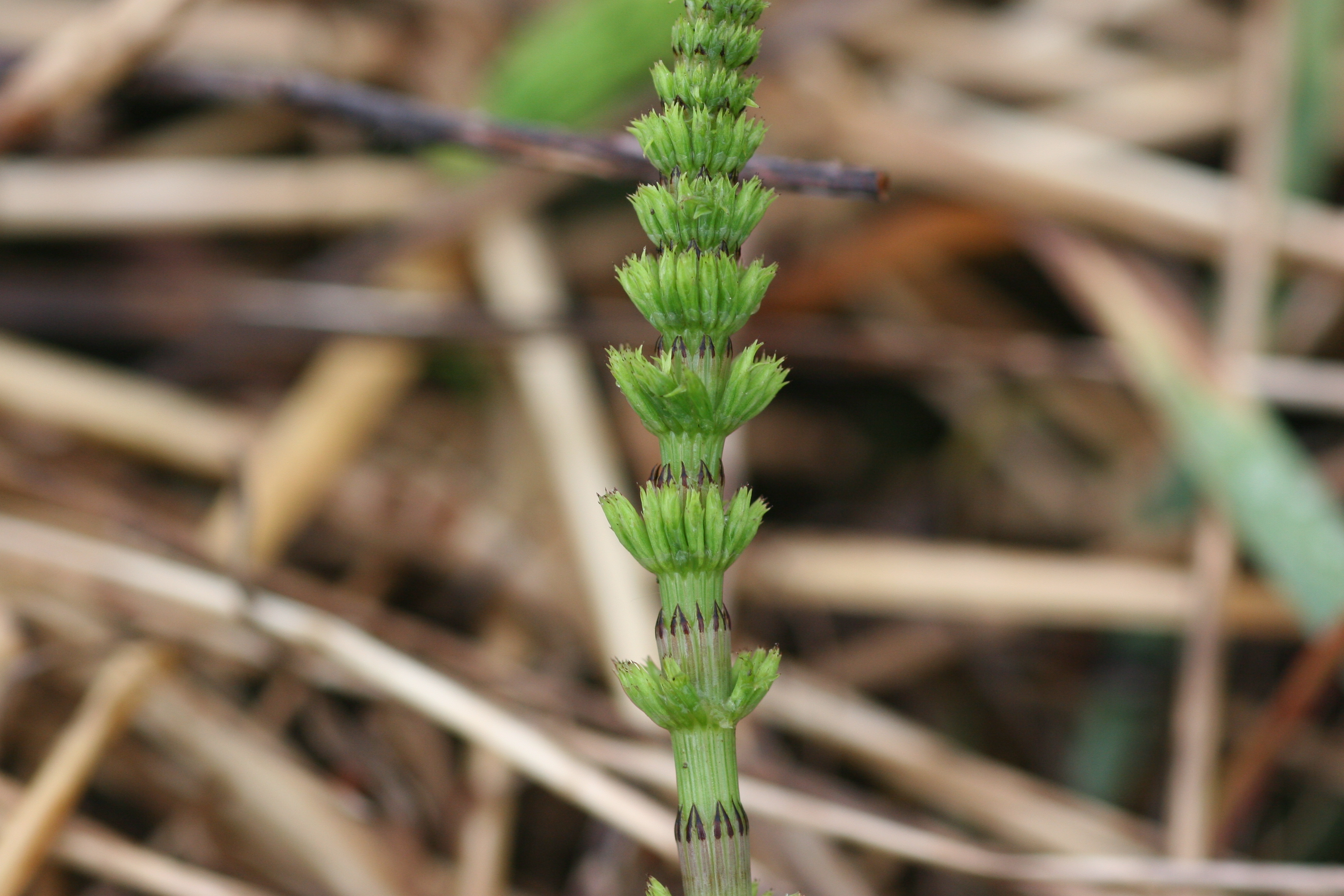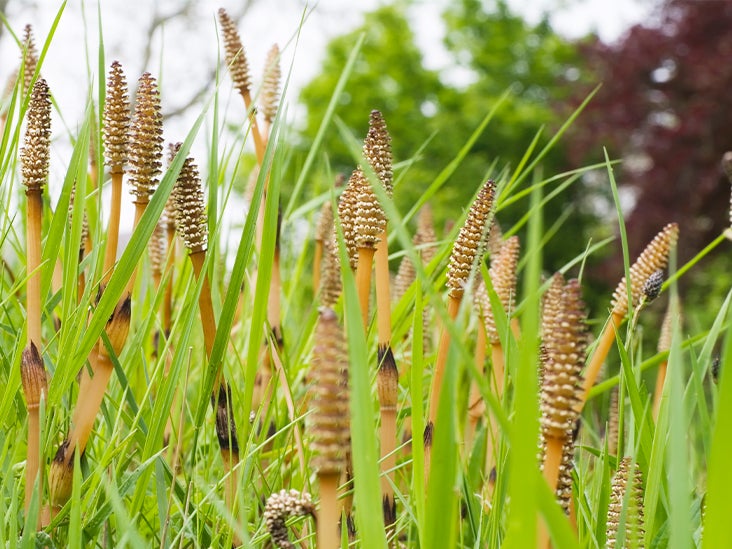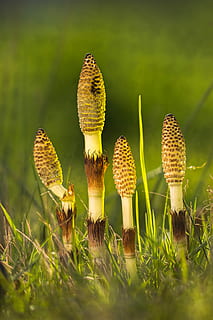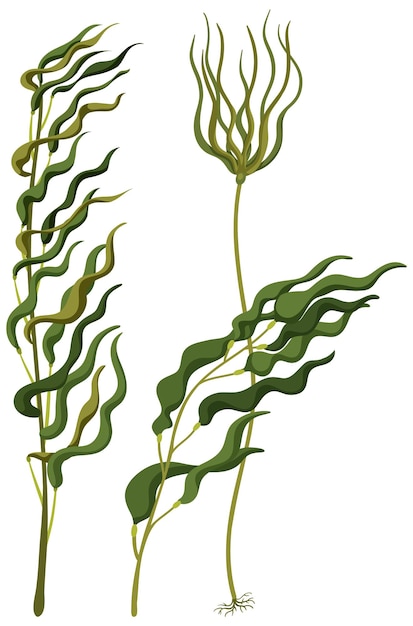Amazing Facts About Field Horsetail
Amazing Facts About Field Horsetail
Field horsetail (Equisetum arvense) is a common plant found in moist, shady areas throughout the world. It is a member of the horsetail family (Equisetaceae), which also includes the scouring rushes. Field horsetail is a unique plant with a number of amazing facts.
- Field horsetail is one of the oldest plants on Earth. Fossils of horsetails have been found that date back over 360 million years. This makes field horsetail a living fossil, a plant that has survived unchanged for millions of years.
- Field horsetail is a vascular plant. This means that it has a system of tubes that transport water and nutrients throughout the plant. Vascular plants are more advanced than non-vascular plants, such as mosses and liverworts.
- Field horsetail contains silica. Silica is a mineral that gives field horsetail its tough, wiry stems. Silica is also beneficial for human health, as it can help to strengthen bones and teeth.
- Field horsetail is a diuretic. This means that it can help to increase urine production. Diuretics are often used to treat conditions such as edema and kidney stones.
- Field horsetail can be used to make a natural insect repellent. The silica in field horsetail makes it unpleasant to insects, so it can be used to keep mosquitoes, ticks, and other pests away.
- Field horsetail can be used to make a natural fertilizer. The silica in field horsetail can help to improve the drainage and aeration of soil, and it can also help to increase the availability of nutrients to plants.
In addition to these amazing facts, field horsetail also has a number of spiritual properties. In some cultures, field horsetail is associated with protection, strength, and determination. It is also said to help to cleanse the body and mind of negative energy.
Whether you are interested in the scientific or spiritual properties of field horsetail, this plant is definitely worth learning more about. With its long history, unique features, and beneficial properties, field horsetail is a truly amazing plant.
Field horsetail is a common weed that can be found in moist, shady areas throughout the world. It is a member of the horsetail family, Equisetaceae, and is one of the oldest living plant species on Earth. Field horsetail has been used for centuries for its medicinal properties, and it is currently being studied for its potential use in treating a variety of health conditions, including kidney stones, osteoporosis, and high blood pressure.
To learn more about field horsetail, please visit Home Gardening. This website provides comprehensive information about the plant, including its history, uses, and potential side effects. You can also find recipes for using field horsetail in teas, tinctures, and other herbal preparations.
FAQ of field horsetail
- What is field horsetail?
Field horsetail is a tall, perennial plant that is native to Europe, Asia, and North America. It is also known as horsetail, scouring rush, or bottlebrush weed. Field horsetail can grow up to 6 feet tall and has a distinctive jointed stem that is green or brown in color. The leaves of field horsetail are very small and scale-like.
- How does field horsetail reproduce?
Field horsetail reproduces both sexually and asexually. Sexual reproduction occurs through the production of spores. Asexual reproduction occurs through the growth of rhizomes and tubers. Rhizomes are underground stems that can send up new shoots. Tubers are small, underground structures that can also produce new shoots.
- Is field horsetail a weed?
Yes, field horsetail is considered a weed in many areas. It can be invasive and difficult to control. Field horsetail can crowd out other plants and damage infrastructure. It can also be a fire hazard.
- How can I control field horsetail?
There are a number of ways to control field horsetail. Some common methods include:
* Hand pulling: This is the most effective method for small areas. Be sure to remove the entire plant, including the rhizomes and tubers.
* Mulching: Mulching around plants can help to prevent field horsetail from spreading.
* Solarization: Solarization is a method of using heat to kill weeds. This can be done by covering the area with clear plastic for several weeks during the summer.
* Herbicides: There are a number of herbicides that can be used to control field horsetail. Be sure to follow the label directions carefully.
- Is field horsetail poisonous?
Field horsetail is not poisonous to humans or animals. However, it can cause skin irritation in some people. If you come into contact with field horsetail, it is important to wash your skin thoroughly with soap and water.
- Does field horsetail have any medicinal uses?
Field horsetail has been used medicinally for centuries. It contains a number of compounds that have been shown to have health benefits, including silica, potassium, and magnesium. Field horsetail can be used to treat a variety of conditions, including:
* Urinary tract infections
* High blood pressure
* Bone fractures
* Hair loss
* Wounds
- Where can I find field horsetail?
Field horsetail can be found in a variety of habitats, including moist meadows, woodlands, and roadsides. It is a common weed in many areas.
Image of field horsetail
10 different images of field horsetail that are free to use:









Post a Comment for " Amazing Facts About Field Horsetail"